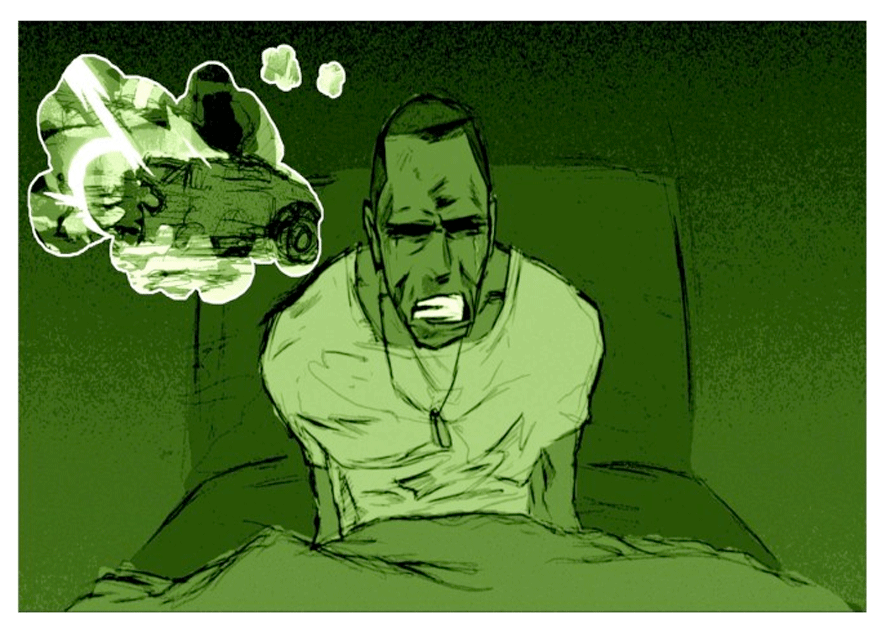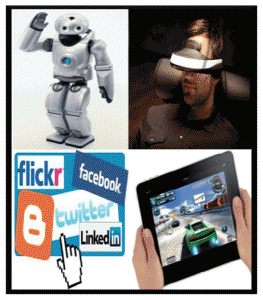A soldier tries to sleep. But he is not safe in his dreams. Jolted awake by a nightmare, the combat veteran fumbles in the dark for his 3-D glasses.
He puts them on. Around him are the faces of people whom he trusts. They fight the darkness with him. The soldier’s re-lived this scene in his head and the laboratory over and over again, until it has become reassuringly familiar. The soldier knows that his pixelated friends will take him away from these troubled dreams. When the scene is over, he takes off his goggles and looks around him. The soldier is home.
The U.S. Army wants this dream sequence to become reality. In an Army-backed experiment called “Power Dreaming,” Naval Hospital Bremerton in Washington State will help traumatized troops battle their nightmares — with soothing, digitally-made dreams crafted in virtual worlds. No, this is not the script for the sequel to Inception.
The research project is in its early planning and is not expected to launch until next year, a hospital spokesperson told Danger Room. But it is picking up momentum. Last week, the Army awarded almost half a million dollars to a consulting company for help developing the experiment.
Fifty-two percent of combat veterans with PTSD (post traumatic stress disorder) reported having nightmares fairly often, according to the National Vietnam Veterans’ Readjustment Study. “During our conscious hours, most can hide what they have become,” according to a presentation delivered to the Uniformed Services Academy of Family Physicians, a nonprofit group. “But in sleep, this vigilance slacks and the dream world can become a frightening and uncontrolled experience with waking consequences.”
So the researchers will ask troops to take control of the “creation of the customized healing imagery (therapeutic dreams) to counter the impact of nightmares,” according to a military contracting document.
Pour lire l’article, cliquez sur l’image


